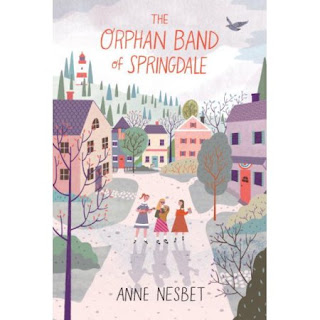New non fiction - September 2015
Boy are there some terrific new non fiction titles out there! Let me tell you about a couple of them.
The first one is called "The Great Monkey Rescue" by Sandra Markle. It's about golden lion tamarins. The book starts with some background information about the tamarins and then moves into how scientists are trying to reintroduce the tamarins back into the wild. There are some gorgeous, engaging photographs that are sure to attract readers. There are also some great text features that will make it a good non-fiction mentor text.
The first one is called "The Great Monkey Rescue" by Sandra Markle. It's about golden lion tamarins. The book starts with some background information about the tamarins and then moves into how scientists are trying to reintroduce the tamarins back into the wild. There are some gorgeous, engaging photographs that are sure to attract readers. There are also some great text features that will make it a good non-fiction mentor text.
The second one is also about animals and it's called "8: An Animal alphabet book". Each page (and sometimes a full page spread) is one letter. There are eight of one animal (like ants for A) but then there are also other animals that also start with the letter (which, happily, are listed at the bottom of the page, if like me you are thinking to yourself "What is a seagull doing on the A page? Oooohhh, it's an albatross."). There is also a page in the back with a list of all the animals and a single fact about each one. I liked the concept a lot and I think kids will have a really good time with it naming all the animals. This is what the cover looks like.
And here's an example of what the pages look like.
This last one I read as an advanced readers copy and it won't be released until January or February of 2016 but it is certainly worth looking for. It's called "Radioactive" by Winifred Conkling. It's all about the Curie family and their discoveries of radiation. It has kind of a funny time line... it starts off with Irene Curie and her husband Frederic Joliot presenting their findings to the Solvay Conference in Brussels. It tells a bit about their science and how they made their discoveries and then it goes back to Marie Curie and her husband and THEIR science and how they eventually had this baby named Irene. The science was very interesting and it has lots of graphical elements to help understanding some of the science. The story of the Curies' lives is rich and detailed. The book is over 200 pages long though, so this is definitely a book for bigger kids.







Comments
Post a Comment